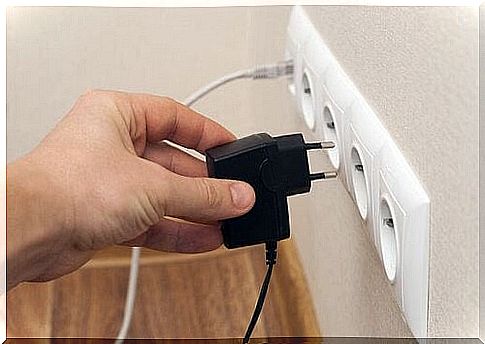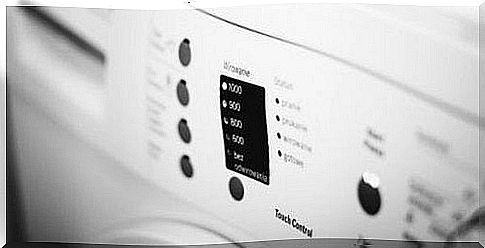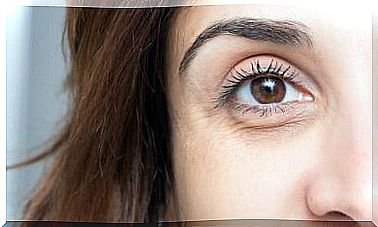Electricity – 10 Ways To Save It

In a world where resources are becoming more and more depleted, the topic of electricity and its consumption is absolutely worth mentioning. It might seem that learning how to save various resources is becoming a necessity.
Today we will tell you how to make sure that the electricity in our home is not used without purpose.
Electricity should not be saved solely for environmental reasons. Recently, economic values have also increasingly influenced our habits. So let’s take a closer look at it.
Electricity is saved in many homes. However, no matter how much emphasis is put on not wasting it, there will always be a gap in which we are still not writing. So let’s see what to do so that electricity in our home is not wasted.
Electricity – 10 ways to save
Take a closer look at the list below and think about how else you can contribute to the savings in your own home. Time for changes!
1. Devices connected 24/7
Every home has appliances that are permanently connected to the electricity grid, even if we don’t use them every day. These include a video game console, microwave oven, washing machine and air conditioning in the winter season.
Did you know that regardless of the fact that they are turned off, they still consume energy? Therefore, disconnecting them is the easiest way to save electricity.
2. Air conditioning and heating – incompetent use
Although the devices responsible for cooling and heating the room are extremely important to us, their unskilful operation may contribute to the excessive consumption of the resource, which is electricity.
To optimize the use of air conditioning in summer and heating in winter, try to keep the rooms supplied in this way closed. Also set them so that they do not use extreme settings, but so that the temperature is balanced.
In the case of heating, for example, it is also worth making sure that the rooms and even the entire house are properly insulated from the outside.
3. Hot water in the washing machine
Many people get used to using hot water in the washing machine, although in fact it only serves to wash a few types of fabrics. This is an extremely valuable attention, because the mentioned operating mode consumes as much as 90 percent of the energy consumed.
So let’s wash with cold or lukewarm water, and use hot water only when you really need it.

4. Electric oven
An electric oven uses a lot of energy. So we recommend that you do not overuse it. For example, to heat a small piece of meat or bake a pizza, you can use a gas oven, which turns out to be much more economical.
5. Old fridge
Old refrigerators use much more energy than new energy-saving ones. Of course, the change involves some additional costs. Ultimately, however, it will save you money each month by using less electricity.
So calculate the costs and consider whether it is worth replacing the old refrigerator with a new one.
6. Dishwasher
This is perhaps one of the most valued home electrical appliances. Hence, it is the incorrect use of it that often causes electricity to “leak” between our fingers. So what can you do?
Try not to turn it on if it is not full of dirty dishes yet. Also, when the dishes are not heavily soiled, it makes no sense to use the most stringent washing programs. Perhaps it is enough to choose a shorter version of washing.
It is also worth considering the possibility of skipping the air drying program if it is not needed. This part of the entire wash cycle is responsible for the high energy consumption.
For appliances such as a washing machine, refrigerator, and dishwasher, it’s worth taking a closer look at the size, especially at the time of purchase. In general, the largest devices are not conducive to energy saving.
7. Lighting with high energy consumption
Replacing light bulbs with LEDs is probably something most of us have already done. If you are still using an older version of lighting, for example when it comes to Christmas lighting, consider replacing it with an energy-saving one.
8. Computers
If you have finished using your computer or laptop on a given day, turn it off. If you come back to it later, close it, turn off the monitor and suspend its functions. Also pay attention to its electricity consumption settings. In the long run, it can help generate savings.
9. Standby mode
A TV set, microwave oven, DVD player and many other devices in the house have a ‘stand by’ mode. While the energy consumption in this case appears to be insignificant, it is important to know that in standby mode, these devices consume 5 percent of the energy they consume while they are in their normal operation.

10. Phone charger
When it comes to the charger, electricity is wasted in two different ways. Waste mainly occurs when it is connected to the mains while the phone has already been charged. The consumption is then approximately 0.25 Watt per hour.
However, more wear occurs when the phone is left connected to the charger. Even when the phone’s battery is full, it will consume 2.24 watts per hour continuously. Although it does not seem to matter much, it is worth considering how much energy we could save per month.
Ultimately, while charging the phone itself, the charger uses 3.68 watts per hour.
As it is easy to see, each member of the household actively contributes to increasing or decreasing the bill that ultimately has to be paid for electricity. Therefore, it is worth considering the most important points of the above list in our case and make the necessary changes as soon as possible.








